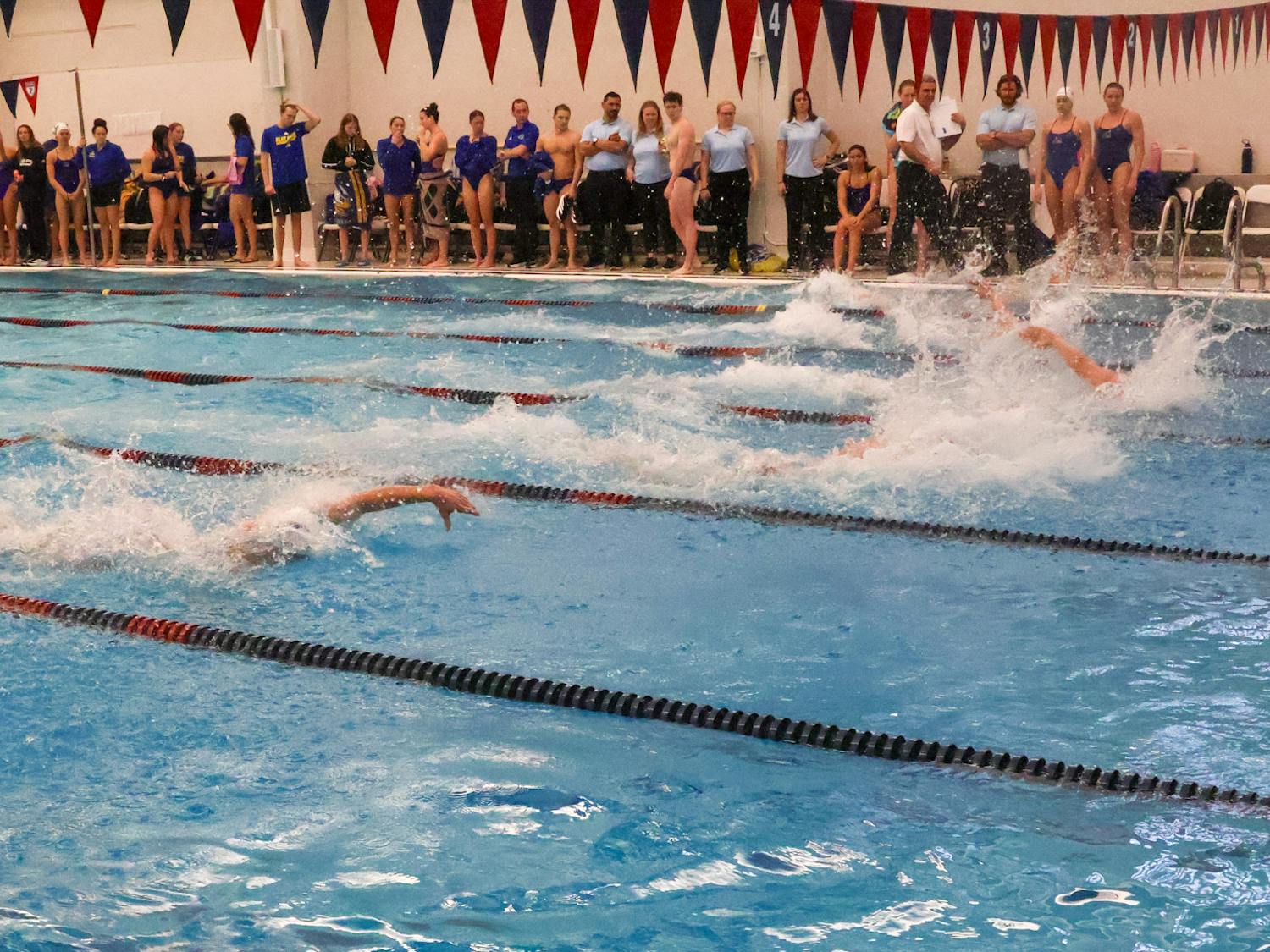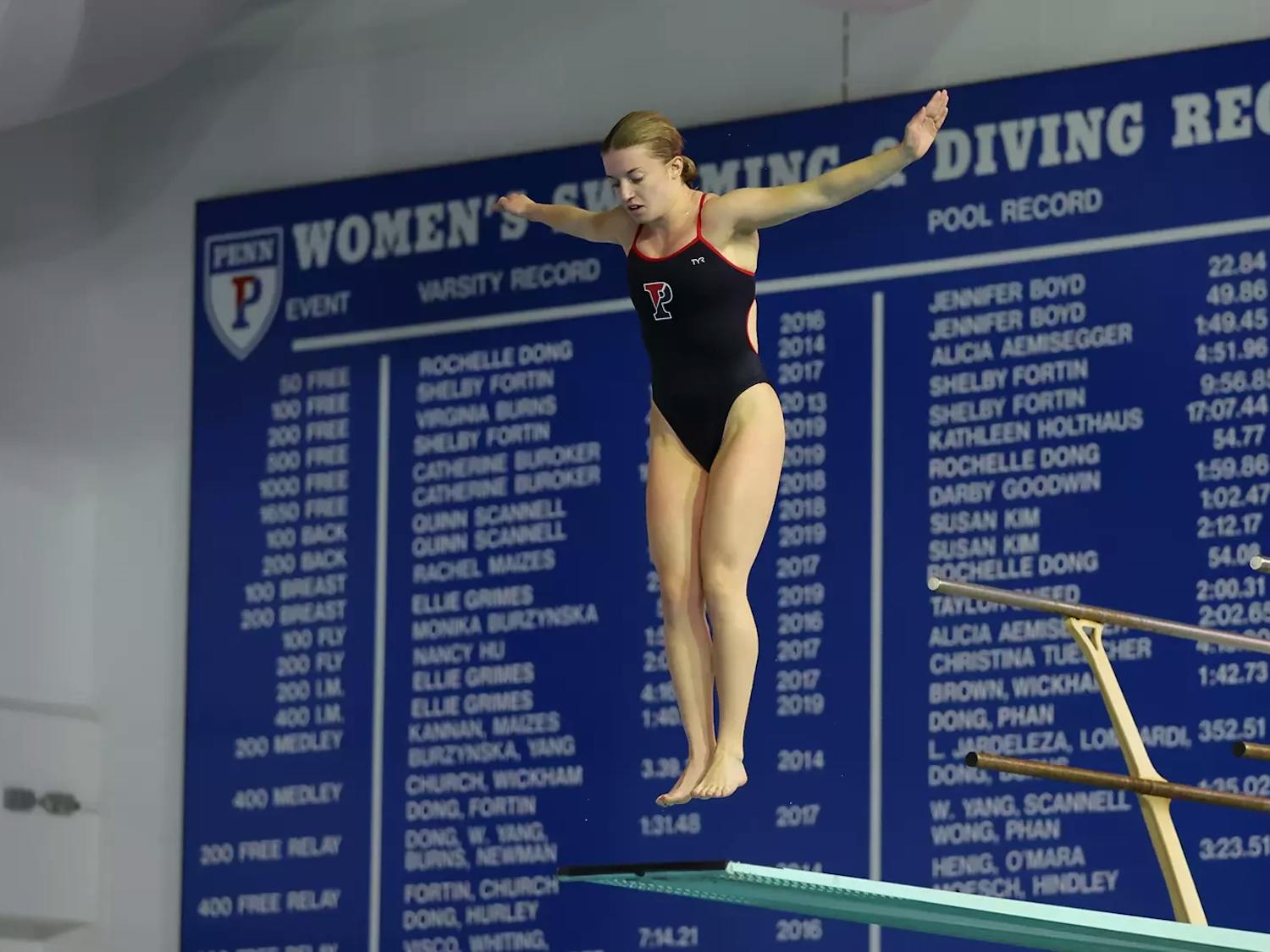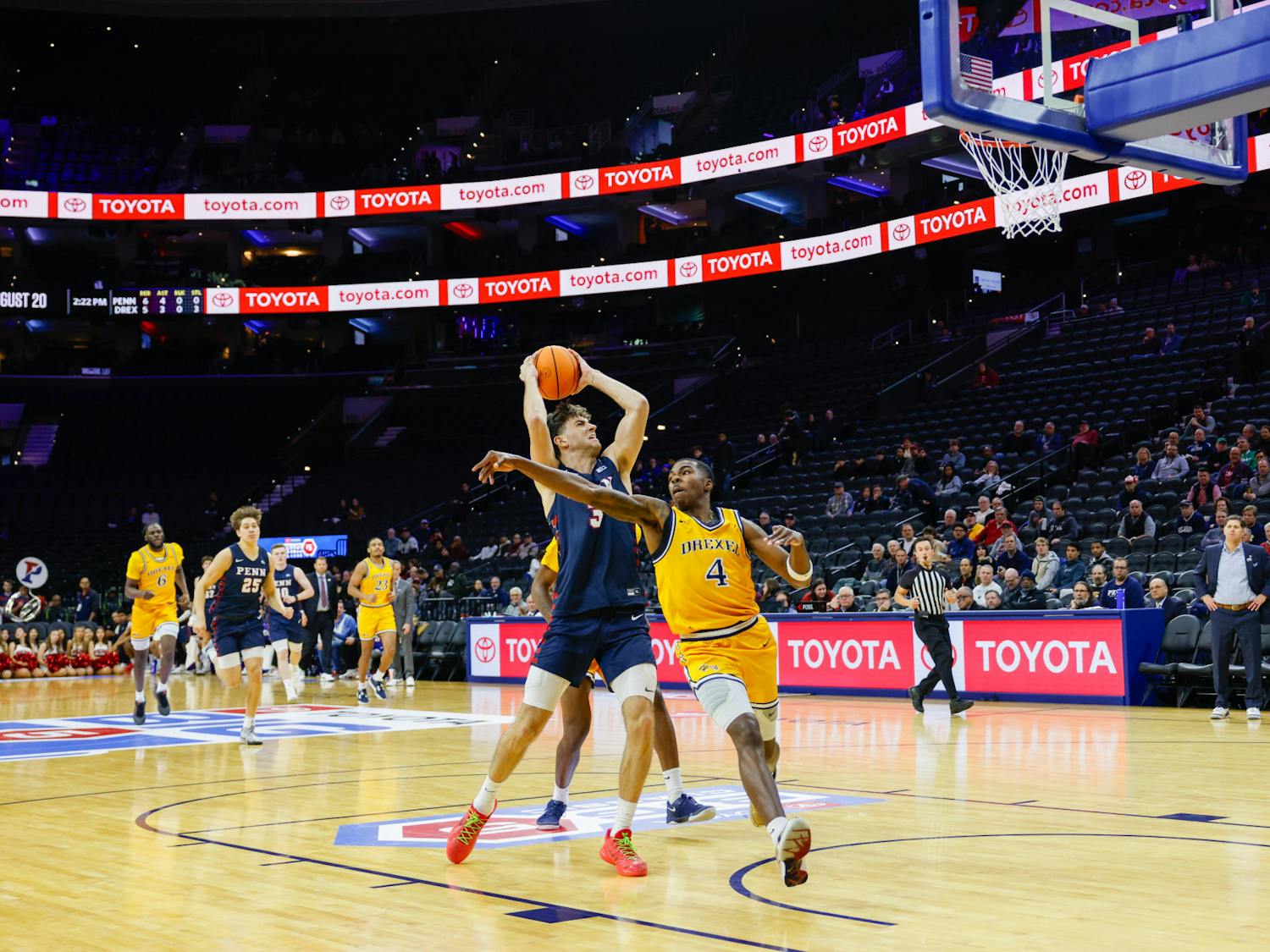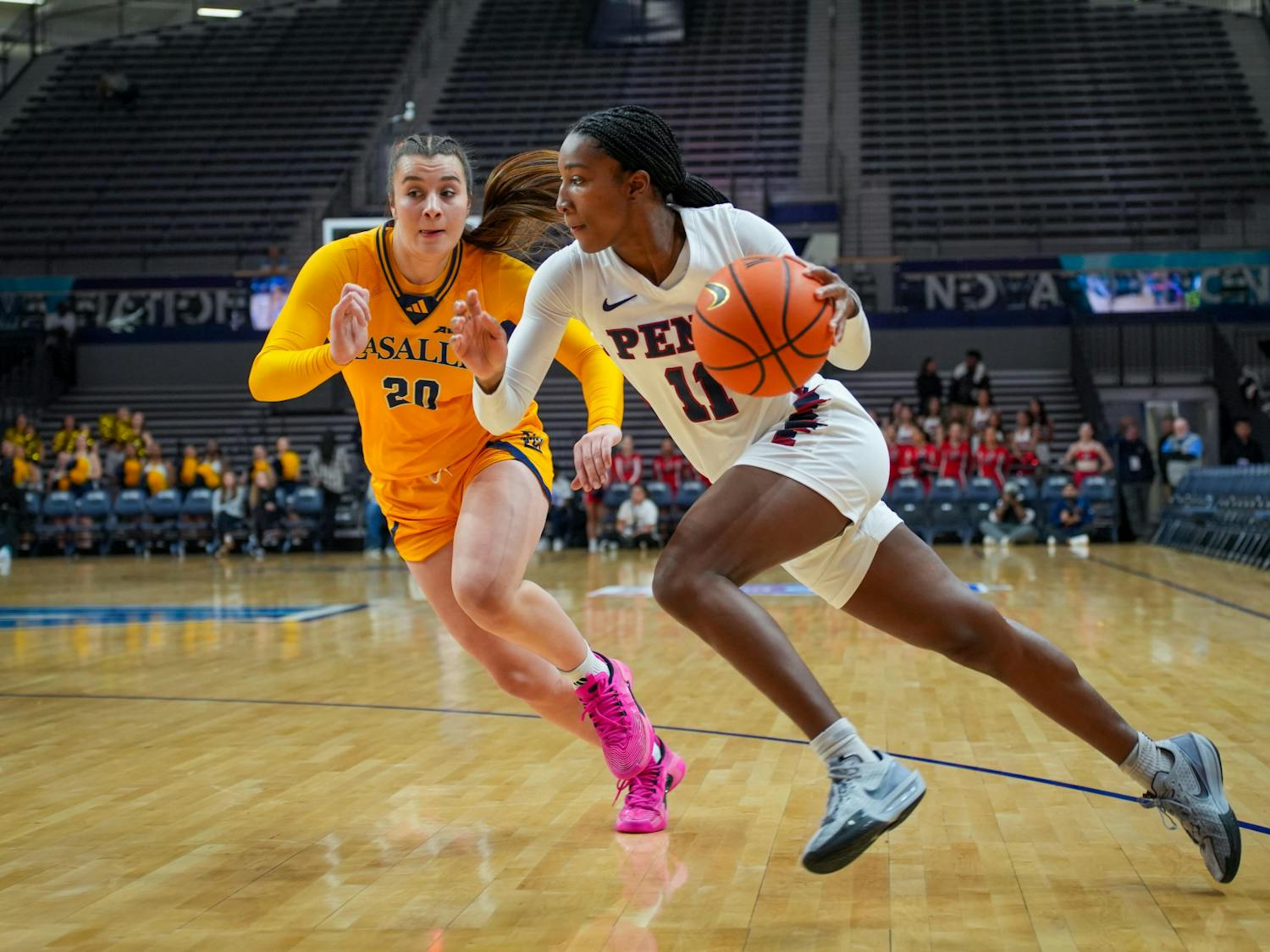On college campuses across the nation, there is one tradition as sacred as any Hey Day or Econ Scream. But instead of occurring only once a year, this tradition comes around every weekend of the fall: game day.
From early morning wakeup calls to school-colored body paint, from Virginia Tech’s Enter Sandman to Penn State’s White Out, football games are a social staple throughout many of the nation’s Division I schools. An average student’s Saturday plans converge entirely around the event, because on those days, the stadium is the place to be. The only place to be.
This widespread practice could not be further from the reality that exists at the University of Pennsylvania. While Penn still competes at the NCAA Division I level, and has a case as one of the best teams in the Football Championship Subdivision, the corresponding student spirit is distinctly lacking in comparison to the Quakers’ counterparts.
This issue does not end at Franklin Field. It extends to all of Penn’s sports, most notably men’s and women’s basketball. Tradition is not the problem — Penn’s sports teams and venues are some of the most historic in the nation. Success is not the problem, either; Quaker football started 6-0 last season and finished one win shy of an Ivy League title, while both men’s and women’s basketball qualified for their respective conference tournaments.
The problem is a social culture that views athletics with an apathetic lens. The driving force behind the dogged support that other D-I programs enjoy is not just that their teams are superior, it is that their student life orbits around sports as a means of campus connection. Everything revolves around the game, so everyone goes to the game.
Penn is undoubtedly capable of this sort of campus-wide collaboration — look no further than the yearly St. Patrick’s Day festivities. Weekend football and basketball games provide a similar opportunity for coordinated parties and gatherings, but they remain an untapped resource to this point.
Even if there was a push toward greater athletic enthusiasm, such a change would require ubiquity. A single group or organization planning an event around a game is not enough to turn the social tide, for it is the universal popularity of sports that make them so appealing at other universities.
One of the most common explanations for our campus’s athletic apathy is that Penn students, or Ivy League students in general, do not care about sports. And while there is some evidence to suggest this is not true (Harvard ranked 12th in FCS attendance last season) it is also not the critical link. Students don’t need to care about sports, they just need to care about the social scene that surrounds them.
That is the ingredient that Penn lacks, and it is the ingredient it must find if it aspires to replicate the raucous sports culture that exists elsewhere. Party life at the “Social Ivy” is certainly robust enough to support an active sports culture, it is just a matter of where social emphasis is placed. At other schools, sports are cool. At Penn, they are not.
Penn’s student athletes have done their part. Nearly every Quaker team is competitive within the Ivy League, with some, like this year’s baseball team, reaching the level of national contention. Now, the burden falls on campus culture to give them the recognition they deserve.
There may never be a Saturday night “Red Out” at Franklin Field, and it is unlikely that South Street ever becomes the nation’s tailgate capital. But Penn has the potential to cultivate a much richer sports culture than currently exists — it is just a matter of what’s cool.
WALKER CARNATHAN is a rising sophomore and current DP summer sports editor studying English from Harrisburg, Pa. All comments should be directed to dpsports@thedp.com.









